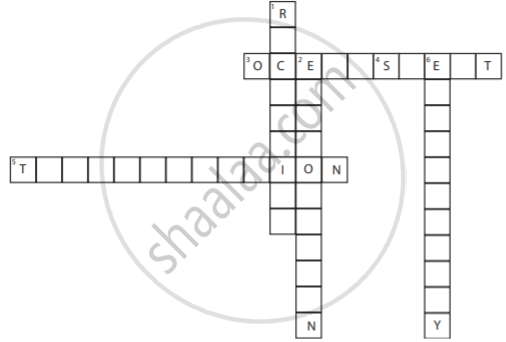Advertisements
Advertisements
प्रश्न
Discuss with your friends.
Rain water harvesting has an important role to protect our environment.
उत्तर
Importance of Rainwater Harvesting:
Rainwater harvesting can be a permanent solution to the problem of the water crisis. This is particularly applicable in hilly areas where rainwater harvesting can be utilized for human consumption, for animals, and also for farming.
A bad monsoon means low crop yield and a shortage of food.
Even animals suffer from a scarcity of water. We face an acute water crisis during the summer months. The farmers are the most affected because they do not get sufficient water for their fields. Rainwater harvesting, therefore, is an ideal solution for farmers who depend on the monsoon for a consistent water supply.
The unavailability of clean water compels the consumption of polluted water, giving rise to water-borne diseases and a high rate of infant mortality.
If rainwater, which comes for free, can be collected and stored, instead of letting it run off, it could be an alternative to back up the main water supply especially during dry spells.
Its importance will not be limited to an individual family but can be used by a community as well. It also creates a sense of social responsibility and awareness about the environment.
The importance of rainwater harvesting lies in the fact that it can be stored for future use. Harvesting rainwater checks surface runoff of water and reduce soil erosion.
In areas having sparse and irregular rainfall, scarcity of water is a persistent problem. It cannot be completely resolved but can be mitigated through rainwater harvesting.
APPEARS IN
संबंधित प्रश्न
Describe biological water cycles.
Water droplets Combines to forms _____.
What is water cycle? Write any three importances of water cycle.
What is rain water harvesting? List out the advantages of rain water harvesting.
Which of the following is not a part of water cycle?
Water cycle is also called as ______.

CROSSWORD
DOWN
1. A method of water conservation.
2. Process of getting water vapour from sea water.
6. Water stored in dams is used for the generation of ______.
ACROSS
3. is a large body of non-potable water found in nature.
4. In summer, the body loses water as ______.
5. Plants undergo ______ and contribute to the water cycle.
“Catch water where it falls” is the basic idea behind
Most of the water that falls on the land as rain and snow, sooner or later goes back to a sea or an ocean. Explain how it happens?
Which one of the following is not an abiotic factor?
